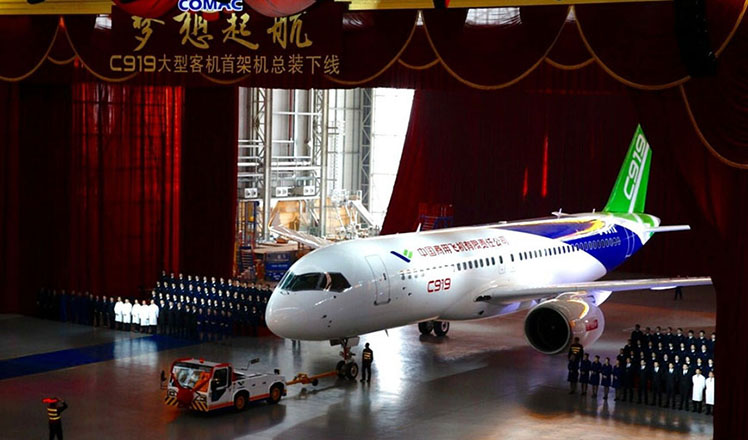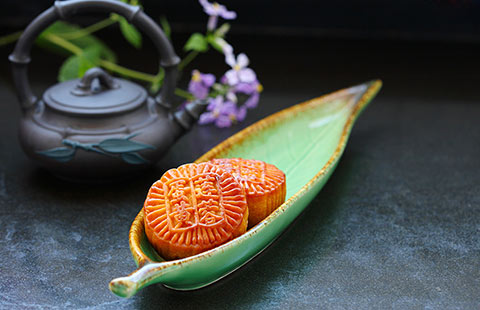Beijing hutong art space more a 'back garden'
Updated: 2016-02-23 07:57
By Lin Qi(China Daily)
|
|||||||||||
 |
|
The Beijing Culture and Art Center aims to connect traditional style to modern design, and art to daily life. [Photo provided to China Daily] |
Hosted in a traditional courtyard house, the institution is staging exhibitions to share with visitors links between the past and present, its director, Cui Qiao, says.
The ongoing inaugural exhibitions, running through March, include the Muji Award 04 in China that displays award-winners of the Japanese brand's fourth-edition design competition and Muji's poster collections; Skeleton-Infill, which shows architectural designs for the public good; and Saving Face, a multimedia installation that discusses interactions between people and cyberspace.
Along with the contemporary art displays is The Power of Silence, a show of Tibetan thangka paintings.
The architecture of the art center is itself an interface to connect traditional style to modern design, and art to daily life, according to Japanese architect Sou Fujimoto, who led the center's transformation and design work.
The center is located in a hutong (alley) right next to the famous Yonghe Lama Temple and Guozijian, the Imperial College. The alley is a melange of bars, galleries and cultural institutions, and is home to many Beijing natives who account for the majority of the neighborhood's population.
Fujimoto's major task was to integrate the courtyard's ground area with its underground space. He designed a "floating forest" by replacing the middle of the square ground with a glass floor on which four rows of trees are planted in crevices, and added stairs that lead visitors down to the underground exhibition area.
"I'm impressed by the nostalgic feeling combined by the beautiful roofs and quiet atmosphere (of the hutong)," he says in a video message that is played at the center. "It (the "floating forest") brings artificial nature into the courtyard, creating harmony between old style and new nature."
On entering the center, a visitor is surrounded by the classic courtyard and trees, offering a sense of immediate calmness. Then the person slowly discovers the underground space. The two spaces combined create an openness that allows people to feel the area's rich variety and to do things they like, Fujimoto says.
Cui says more cultural programs and facilities will be designed to cater to people's practical needs. This will include a community library, where schoolchildren can play, read and develop their interests in the time after school and before dinner-the center stays open until 8 pm from Tuesday to Friday and until 9 pm on weekends.
Volunteers at the site include elderly residents who can recycle their previous experiences in life and at work.
"Our city neighborhoods lack community spaces for residents to not only play xiangqi (Chinese chess) but also-more importantly-for people to mingle.
"This is what we can do at the Beijing Culture and Art Center-one can feel the pulse of China's grassroots communities," Cui says.
If you go
10 am-8 pm, Tuesday to Friday; 10 am-9 pm, Saturday and Sunday.
3 Wudaoying Hutong, Dongcheng district, Beijing. 010-8408-4977.
Related:
When a hutong helps bring back memories
Beijing's hutong under pressure
Related Stories
Beijing greets the sun after 19 days of gloom 2015-11-24 10:22
Taosi ruins offer glimpses of early Chinese civilization 2015-10-26 07:52
History at close quarters 2015-10-26 07:45
Ancient building replica destroyed by fire 2015-08-20 16:12
Intuitive designs on display at China Millennium Monument for Beijing Design Week 2015-09-29 11:20
Today's Top News
London mayor says to support Brexit in EU referendum
What ends Jeb Bush's White House hopes
UK to hold EU referendum on June 23
US saber-rattling could spark arms buildup: experts
Balkan, Austria police agree to register refugees
Turkey blames Kurds, Syria for attack
Stronger united Europe is 'in the interests of China'
Huawei to increase co-op with European partners
Hot Topics
Lunar probe , China growth forecasts, Emission rules get tougher, China seen through 'colored lens', International board,
Editor's Picks
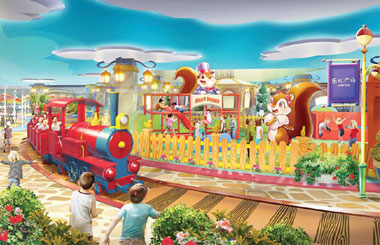
|
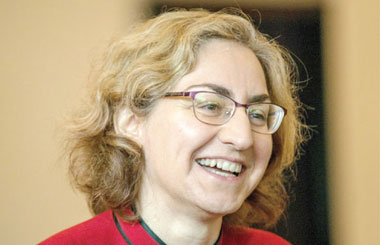
|

|
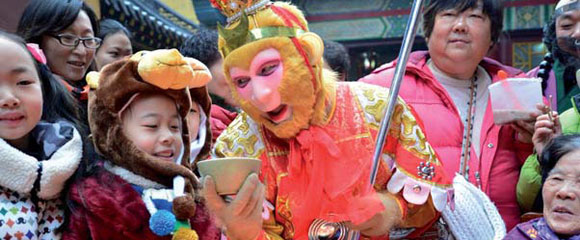
|
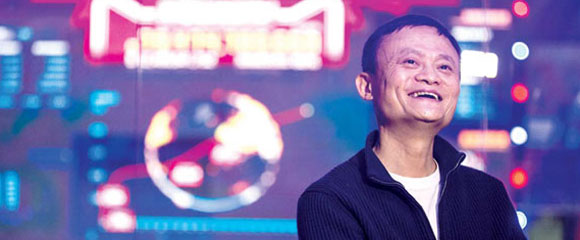
|
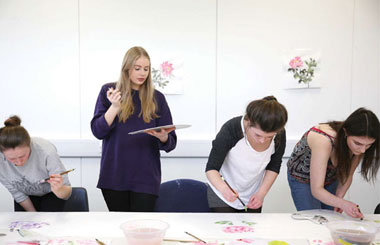
|


